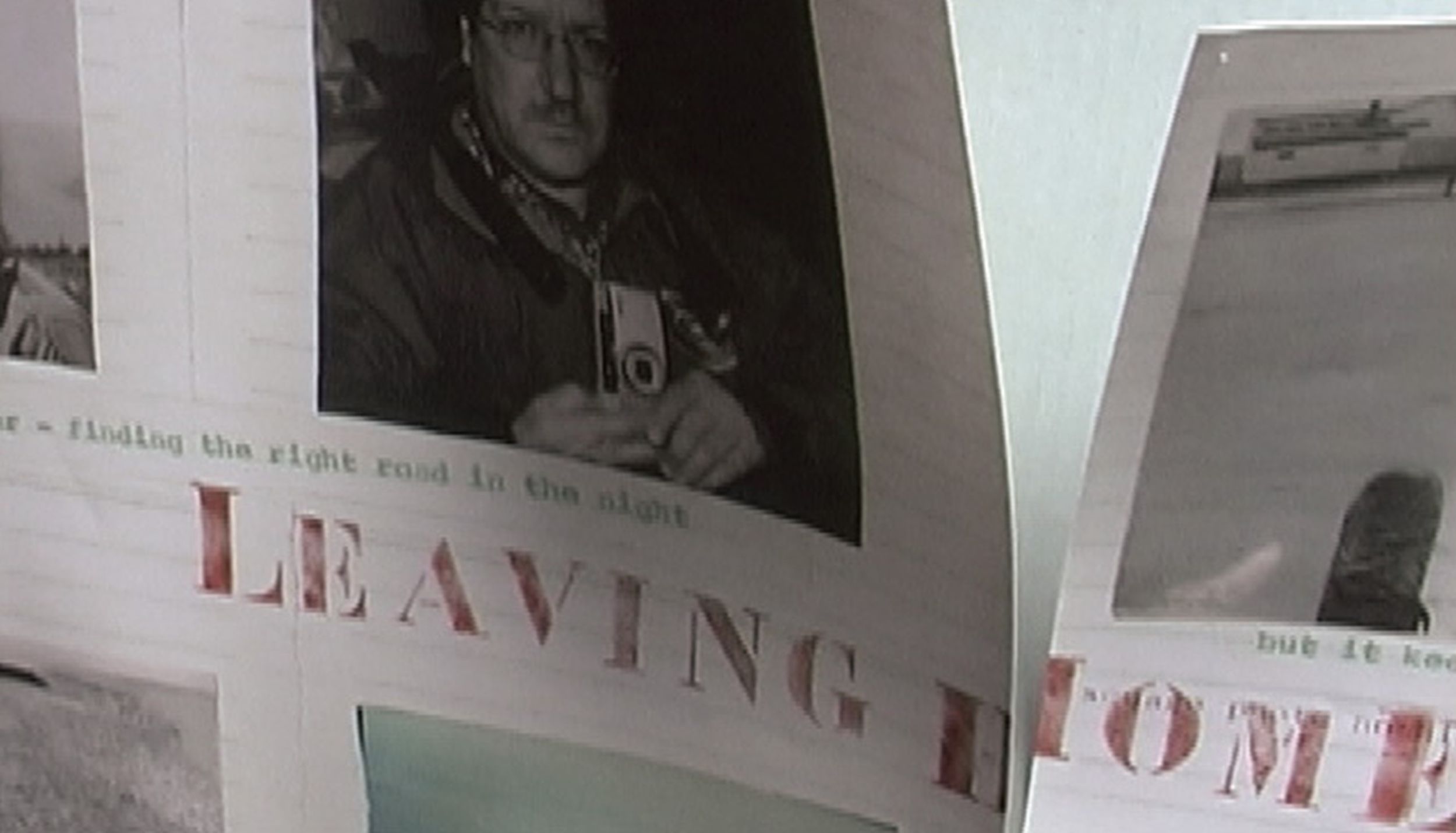
Paper Route
When wanted to interview him about a big retrospective show in Houston in the late 1980s, Robert Frank turned them down. Not because he didn’t want to do a story for one of the biggest American magazines, but because of the photo that would accompany the article, to be taken by star photographer Annie Leibovitz. Frank refused to be immortalized in some retouched glamor portrait. He felt more like a craftsman, a dogged immigrant who keeps plugging away and cares little about how things look on the surface. As a fellow-thinker of the Beat Generation, like Jack Kerouac and Allen Ginsberg he was always looking for the life of the common man in his work. In Nova Scotia, where Frank had a cottage, he found the common man in the person of Robert MacMillan. Like Frank himself, MacMillan spoke with a foreign accent and had little faith in the American dream. MacMillan takes his new neighbor along on his daily ride around the neighborhood, where he delivers papers. Frank hides behind his camera but remains present through the questions he asks. His portrait of this backwoodsman is loving, but also realistic: it is what is, and no more.